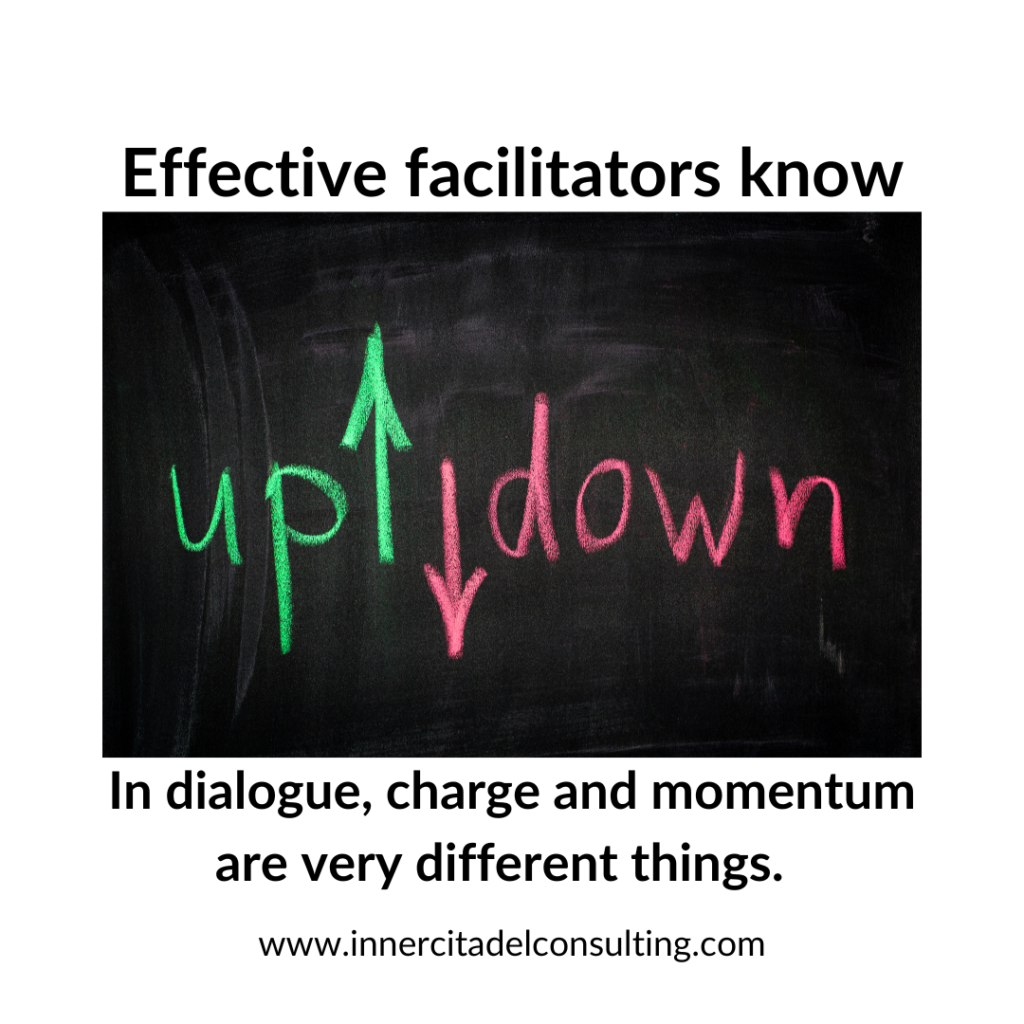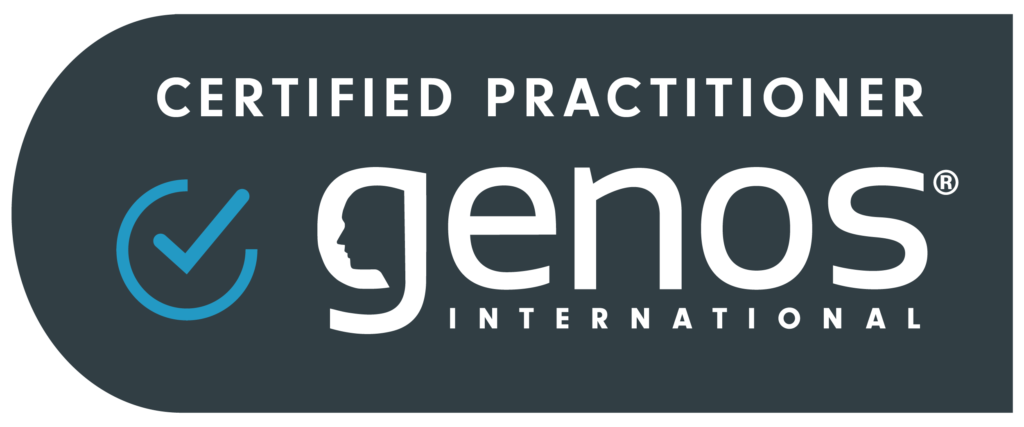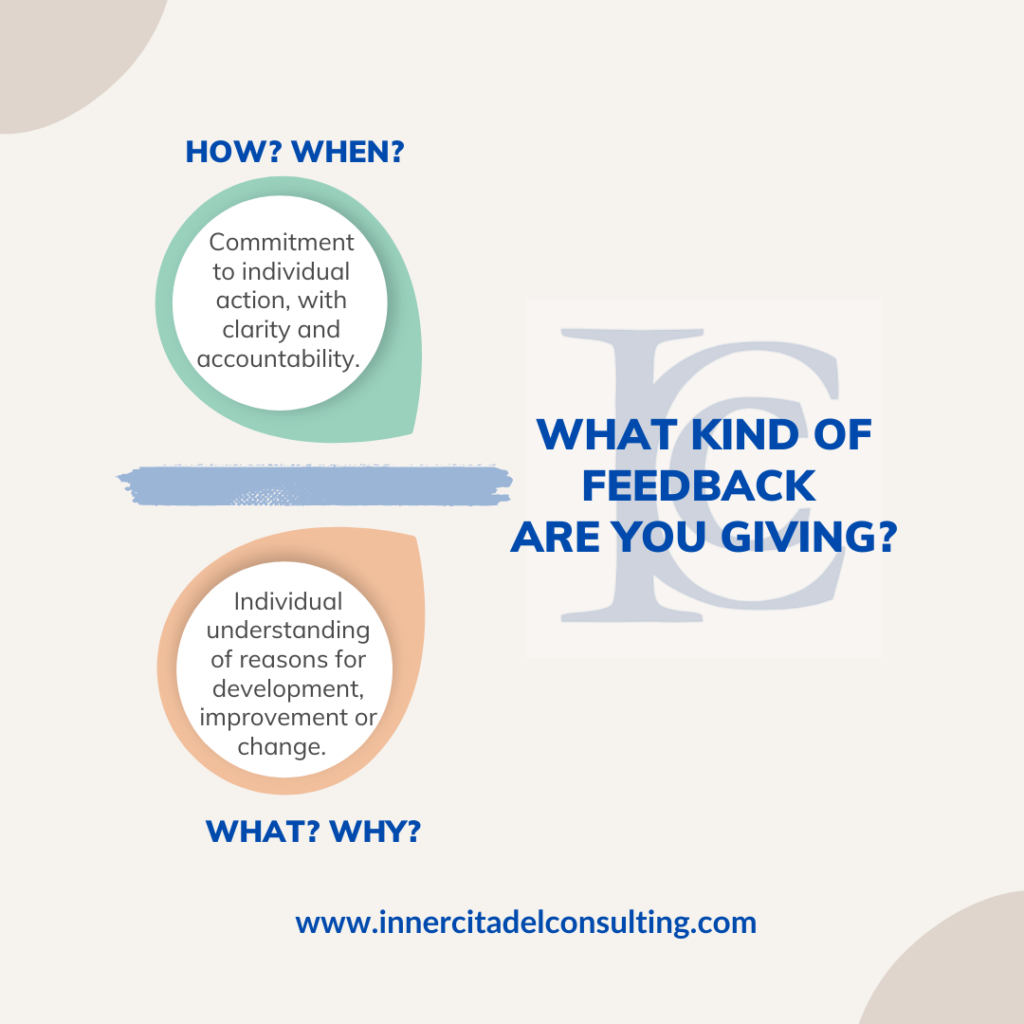Facilitation is very challenging and sometimes exhausting but it is always interesting. Every time I work with a group, I learn something new about facilitation or about myself facilitating, and of course my skills are reinforced. One of the very early lessons I took on board was the difference between what I call “charge” and “momentum” in the dialogue space. Teams often confuse the two or assume they are the same thing – this is why decisions or conversations stall or become difficult. In this hack, I want to explain the difference between charge and momentum and offer a couple of tips!
Upward and downward

The first thing to keep in mind is the idea of upward and downward. Pretty obvious. Upward is an increase in charge or momentum and downward is a decrease. Upward and downward, as far as facilitating goes are neutral and natural. That is, they are neutral because they are not inherently good or bad – they just are. In my meditation practice and in lots of the reading I do in Stoicism or Taoist and martial arts texts, things like up and down are natural because they are simply part of nature’s rhythms – winds rise and fall away, waves rise and subside, plants grow and die, breath comes in and goes out, emotions surge and subside, conversations ebb and flow … nothing increases all the time and nothing decreases all the time, naturally. Just like mindfulness, the facilitator’s job is to “Notice” the movement upward and downward, to “Engage” the participants where they are, and to “Empower” them to move to a new place as they connect to accomplish what they need.
Charge
Charge for me refers to the energy that is present within and among the participants. It’s not a new term, but it is often used to talk about emotional charge and is sometimes negative. But like up and down, charge for me is neutral and natural. Some sources of charge are more dangerous and toxic than others (racism, sexism, legacy harm, bullying behaviors) and need to be called out. Other sources (excitement, joy, anxiety, anger, resentment, fear) can be difficult and might carry a lot of energy. But they’re not on their own dangerous – they’re natural too, even if people are often uncomfortable dealing with these sources. But charge itself is just charge.
When the stakes are high, emotions are high, conflict is high, blood sugar is high … the charge will be upward. As the charge builds, we need to be even more aware of the dynamics in the room. We might need to make sure voices have space to be heard. We might need to remind people of any agreements. We might need to intervene to ensure safety. We might need to point out the upward movement in charge and ask what is happening. (By the way, this is a powerful move in facilitation with a group that has history – a good moment to hold up the mirror.) And we might need to slow that upward charge to be sure everyone comes along. This is all true when charge turns downward, too. The room gets quieter, there seems to be less engagement, or some participants start to shut down. Maybe it’s been an hour since lunch. Or maybe it’s time to move or do some other activity. Maybe one or two people aren’t regulating with the group or are displaying a lot of emotion, passion, aggression and so on. Obviously, part of the facilitator’s job is to intervene and observe at these points too. But sometimes there’s downward charge because people are thinking and about to have a breakthrough.
Momentum
Momentum has to do with complexity and focus. By complexity, I mean the recognition of contexts, multiple perspectives, contributing factors, the range of potential solutions. Complexity for me is either open – embracing many options and potentials – or closed – limiting and constraining possible paths forward. There is a time for complexity and a time to promote it. But we also need (and our brains are built) to eventually reduce that complexity so we can decide and act. Focus has to do with forward and back. Forward focus is on the future and tends to look toward new solutions. Backward focus is on the past and tends to use the past to understand the present. These are of course very natural things and, like charge, neutral on their own. But groups that need facilitators are usually stuck and what I’ve noticed is that their momentum is often stuck, and most often stuck in the past.
I know a group is building upward momentum when they are future focused, open to possibilities, increasing the complexity and confusion around the problem they’re trying to resolve. The quote attributed to Albert Einstein is relevant here, “No problem can be solved from the same level of consciousness that created it.” We need to solve problems from a higher level of thinking … or confusion. It is at the next level of confusion that they’re going to see and implement solutions for the problems they facing now. Once a group can see the complexity of the issue in front of them, can break open perspectives and options, and go beyond their attachments to the past, they can step into an innovative space and come up with some pretty cool solutions. But it is not easy for most people. Groups I work with sometimes have more trouble feeling confused together than they do feeling angry at each other.
Downward momentum has the opposite shape. It tends to limit, simplify, generalize. My favorite among some circles is “Faculty always resist change.” When you see a statement like that, labelling a group and using words like always or never, we are full on in downward momentum. Downward momentum also tends to focus on the past as a place to stay or get back to. “We tried this 15 years ago.” “We’ve never worked with those people before.” “We’ve been trying to solve this for years.” “None of us has had any experience with that.” Downward momentum does not lead us to a problem solving space – downward momentum leads us to litigating the past, flipping through “solutions” that have failed, or hopelessness.
Putting it together
So here’s the hack. Start to pay attention to and to feel the difference between charge and momentum when you are facilitating a conversation. A good facilitator needs to become very adept at managing the charge in a room, without a doubt, but if they can’t engage momentum, that conversation’s not going anywhere. You can have downward charge with upward momentum – just because a room is quiet doesn’t mean things are moving toward complexity. You can have upward charge with downward momentum – just because a room is excited doesn’t mean it isn’t just walking the same old path as before. Upward charge with upward momentum? Put the brakes on charge. Downward charge with downward momentum? Change it up – take a break – do a connecting exercise. Don’t be afraid to notice for the participants what you’re seeing. That is your job after all!
Upward momentum tends toward confusion, complexity, opened perspectives. This is where a decision-making team or a group that is stuck in conflict needs to be to truly solve problems. It is the place they usually avoid. But once they are at the limit of their confusion, of course, it’s time to bring with downward again. We need to limit and constrain our options based on real access to resources, real assessment of capacity, etc. When we can maintain upward momentum long enough, a group always comes back down in a different place than they were before.
If you want to talk more about this or to have me come in an facilitate with your team, let’s talk! There is always a way forward if you are willing to turn to face it.






